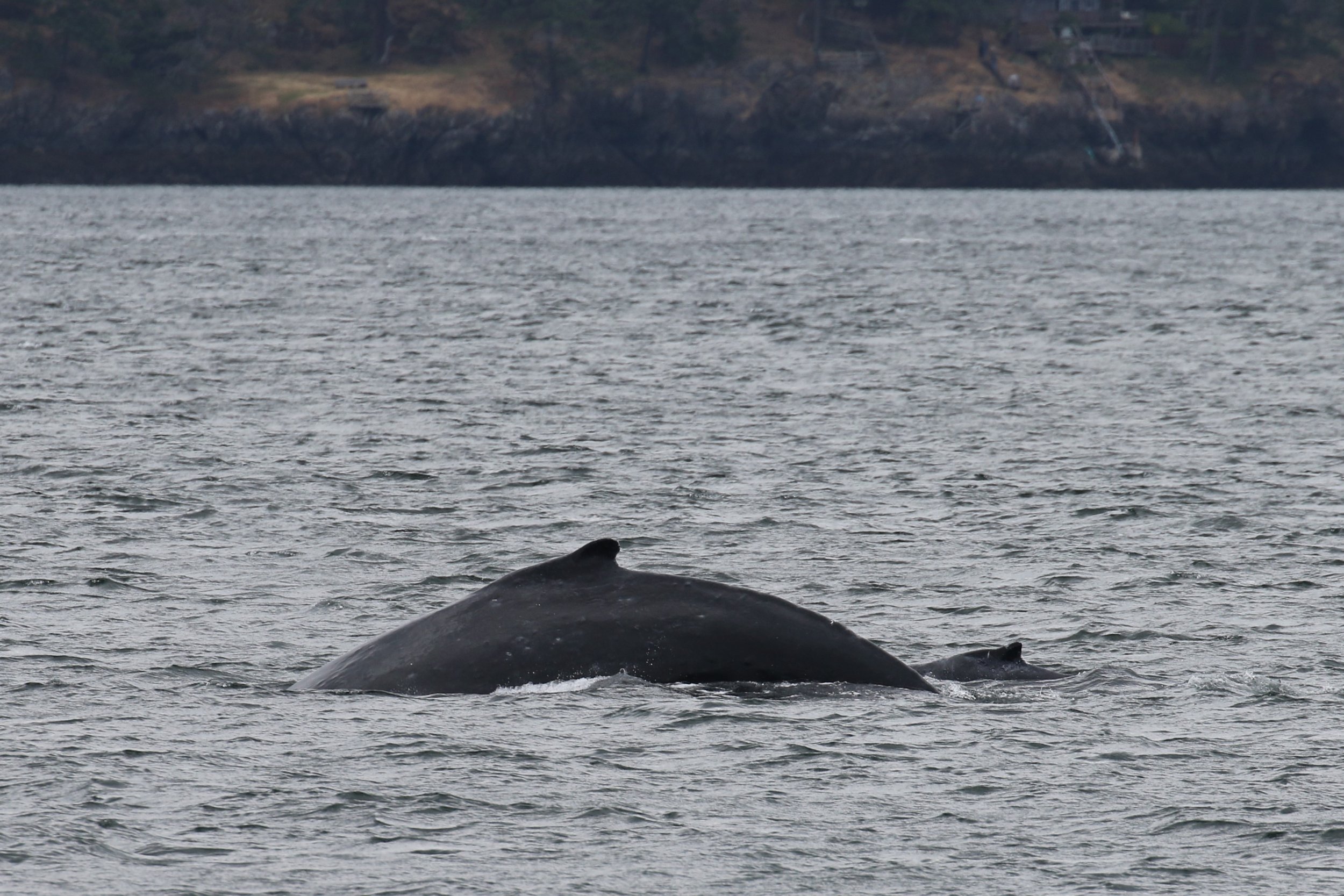First Humpback Moms & Calves of 2023 Arrive in Salish Sea
Poptart and her first calf. Photo: Sandy Quinn, Prince of Whales Whale Watching, PWWA
First Humpback Moms and Calves of 2023 Arrive in Salish Sea
Whale Watchers Report Return of Humpback Whales to Local Waters for Annual Feeding Season
SEATTLE, WA & VICTORIA, BC - June 22, 2023 - The Pacific Whale Watch Association (PWWA) today announced that the first humpback whale moms and calves of the 2023 whale watching season have arrived in the Salish Sea. In recent days, whale watchers have documented at least three new humpback calves in local waters.
“We’ve been eagerly awaiting news of the season’s first humpback calves,” said PWWA executive director Erin Gless. “We celebrate every whale’s return, but it’s doubly special when they have a new calf in tow.”
Among the new moms are BCY0523 “Graze”, BCX1675 “Strike”, and BCY1404 “Poptart”. Both Graze and Strike also gave birth to calves in 2019 and 2021, but this is the first calf for Poptart, who was born in 2016 to beloved Salish Sea humpback BCY0324 “Big Mama”. As a youngster, Poptart was often seen breaching completely out of the water, reminding whale watchers of the popular breakfast pastry popping out of a toaster. The name stuck, and Poptart has since become one of the most well-known humpback whales in the region.
Local humpback whales don’t give birth in the Salish Sea, but rather travel with their calves from warmer breeding grounds in Hawaii, Mexico, and Central America. Strike has been documented off Isla Socorro, Mexico in winter, and both Graze and Poptart have been photographed off the Hawaiian Islands. The community science platform Happywhale.com alerted the PWWA that both Graze and Poptart had been spotted with potential calves off Maui earlier this spring. Baby humpbacks seen in the Salish Sea are typically born between late December and February, making these three calves between four and six months old.
“Thanks to modern technology, we already expected a few of these whales to show up with calves this season, but it’s nice to get confirmation, and to know they’ve completed the journey safely,” says Gless. “We’ve notified researchers of their arrival here on the feeding grounds.”
Humpback whales feed on krill and small fish, such as herring and candlefish, and typically remain in the local waters through late fall. Last year, a record 34 humpback whale calves were reported throughout the Salish Sea by researchers with the Canadian Pacific Humpback Collaboration.
Big Mama with a young Poptart in 2016. Poptart now has a calf of her own. Photo: Brooke McKinley, Outer Island Excursions, PWWA
Humpback whale “Strike” and her tiny calf. Photo: Melisa Pinnow, San Juan Excursions, PWWA
Humpback whale “Strike” and her 2023 calf. Photo: Val Shore, Eagle Wing Tours, PWWA
The 2023 calf of “Graze”. Photo: Ashley Keegan, Wild Whales Vancouver





